Utility Locating
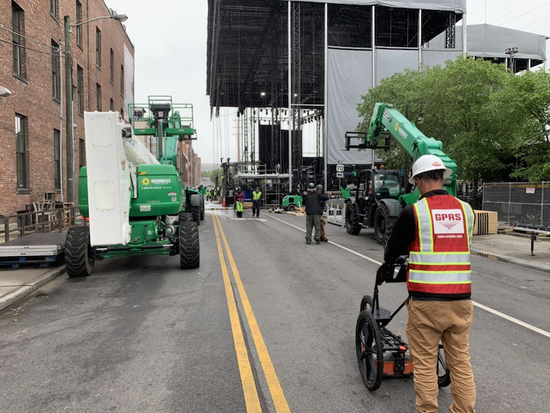
Utility Locating Services in Ohio: Ensuring Precision and Safety
In Ohio, accurate utility locating is crucial to prevent costly damage, ensure safety, and comply with state regulations. At GPRS, we specialize in non-invasive utility detection services to detect, map, and mark underground utilities such as gas lines, water mains, electrical conduits, and telecommunications cables. Our expert team uses the latest technology to provide reliable, non-invasive solutions for a wide range of industries, including construction, engineering, and environmental sectors.
The Importance of Accurate Utility Locating
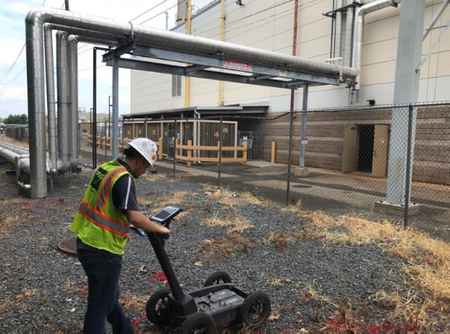
Whether you're preparing for a new construction project, conducting renovations, or engaging in environmental surveys, understanding the precise location of underground utilities is essential. Ohio's infrastructure includes a complex network of utility lines, often buried beneath streets, sidewalks, and buildings. Excavating without knowing the exact locations of these utilities can lead to dangerous accidents, service disruptions, and substantial fines.
At GPR Ohio, we help protect your project and personnel from these risks. Our utility locating services are designed to give you the peace of mind that comes with knowing you’re excavating safely and in full compliance with Ohio regulations.
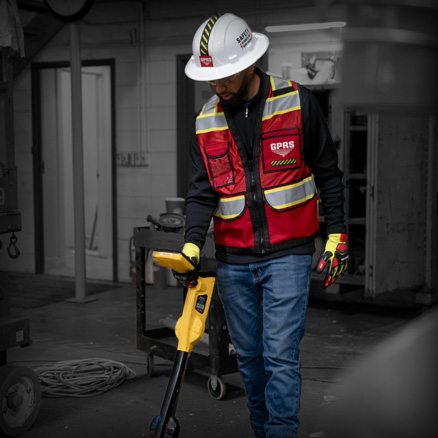
Cutting-Edge Utility Locating Technology
We utilize a combination of advanced ground penetrating radar (GPR) and electromagnetic (EM) induction technology to deliver precise and efficient results. Our GPR systems emit radar pulses into the ground, which reflect back when they hit subsurface objects, creating a clear image of underground utilities and structures. EM induction, on the other hand, detects the electromagnetic fields generated by metal utilities, enabling us to identify non-metallic pipes as well.
This dual-technology approach allows us to accurately locate utilities made of various materials—whether they’re metallic or non-metallic—ensuring that nothing is left unaccounted for. We can locate:
- Gas and oil pipelines
- Water and sewer lines
- Electrical conduits and power lines
- Communication cables, including fiber optics
Our non-invasive techniques ensure that we can locate underground pipes without digging or disturbing the environment, minimizing any potential impact on the site and project timeline.
Why Choose GPRS?
At GPR Ohio, our reputation for excellence stems from our commitment to providing accurate, timely, and reliable utility locating services. With years of experience serving clients throughout the state, we understand the unique challenges that Ohio's environment presents, from high groundwater levels to coastal soil conditions. Our technicians are highly trained, certified, and dedicated to using the most advanced technology available that will help safely locate underground utilities.
We prioritize safety, efficiency, and precision, ensuring that your project proceeds smoothly, without the risk of costly delays or dangerous accidents. Moreover, our team is always available to consult and provide detailed reports, maps, and visual data to help you make informed decisions on your site.
Contact Us for Reliable Utility Locating in ohio
When it comes to utility locating in Ohio, trust the experts at Ground Penetrating Radar of Ohio. We deliver the information you need to excavate safely and confidently. Contact us today to learn more about our services and how we can assist you with your next project.
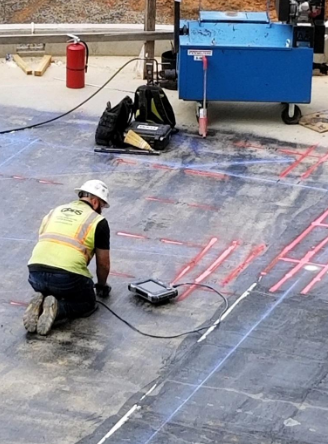
Comprehensive Services for a Variety of Projects
From large-scale infrastructure projects to small private property renovations, GPR Ohio provides tailored utility locating services to meet the needs of every client. We offer services for:
- Construction Sites: Before breaking ground, contractors must ensure all utilities are mapped to prevent accidental strikes that can halt progress and result in legal ramifications.
- Environmental Surveys: Utility locating is often required in environmental assessments to ensure that construction or development does not disrupt existing infrastructure or cause environmental harm.
- Engineering and Planning: Proper mapping of utilities helps engineers design and plan projects without unforeseen obstacles, allowing for efficient project execution and compliance with safety standards.
DIFFERENCE BETWEEN PRIVATE LOCATING & ONE CALL

PRIVATE LOCATING
Private utilities are those which extend beyond service meters or are not maintained by a public utility company. Examples of private utility lines include electrical feeders and gas mains running to facilities. They may also include lines running to and from substations, industrial & manufacturing facilities, and refineries. These lines are not subject to 811 One Call public utility locating services and must be found by a private utility locating company like GPRS.
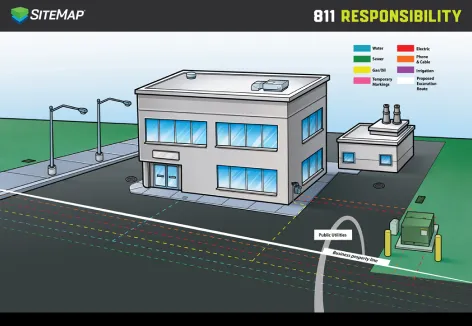
ONE CALL
Federal law mandates that anyone who needs to dig must call 811 so that their publicly maintained utilities can be located by a utility locator before breaking ground. Public utilities are determined by the utility companies and can usually include anything before you get to a utility meter. It is important to note that 60-65% of all underground utilities on any site are likely private, not public, so it is vital to hire a utility locator that can both verify public lines and locate private ones before you dig.
